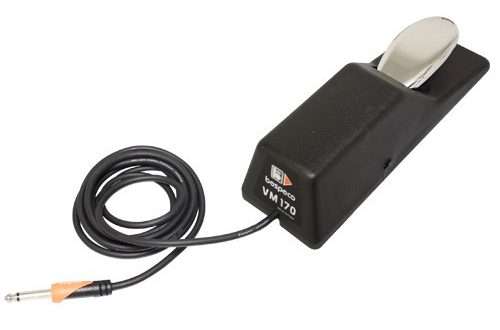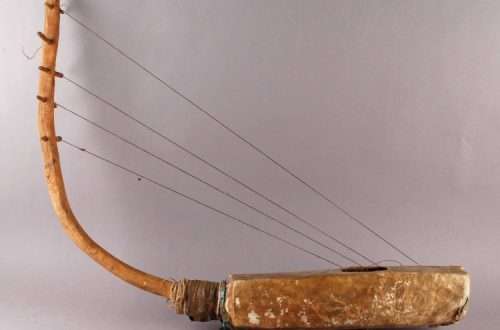
What should you pay attention to when choosing a microphone?
What kind of microphone are we looking for?
There are several aspects to consider when purchasing a microphone. The first is to answer the question of what a given microphone is to be used for. Will it be vocal recording? Or guitars or drums? Or maybe buy a microphone that will record everything? I will answer this question right away – such a microphone does not exist. We can only buy a microphone that will record more than another.
Basic Factors for Choosing a Microphone:
Type of microphone – will we record on stage or in the studio? Regardless of the answer to this question, there is a general rule: we use dynamic microphones on stage, while in the studio we will find condenser microphones more often, unless the sound source is loud (e.g. a guitar amplifier), then we return to the topic of dynamic microphones. Of course, there are exceptions to this rule, so think carefully before choosing a specific type of microphone!
Directional characteristics – its choice depends on many factors. For stage situations where we need isolation from other sound sources, a cardioid microphone is a good choice.
Maybe you want to capture the sound of a room or several sound sources at once – then look for a microphone with a wider response.
Frequency characteristics – is the flatter frequency response the better. This way the microphone will simply color the sound less. However, you may want a microphone that has that particular bandwidth emphasized (an example is the Shure SM58 which boosts the midrange). However, it must be remembered that it is more difficult to align the characteristics than to boost or cut a given band, so a flat characteristic seems to be a better choice.

Resistance – we can meet both high and low resistance microphones. Without going deeper into technical issues, we should look for microphones with lower impedance. Copies with high resistance are generally cheaper and will do the job when we don’t use excessively long cables to connect them. However, when we play a concert in a stadium and the microphones are connected with 20-meter cables, the matter of impedance starts to matter. You should then use low-resistance microphones and cables.
Noise reduction – some microphones have solutions to reduce vibrations by hanging them on specific “shock absorbers”
Summation
Even if the microphones have the same directional and frequency response, the same diaphragm size and impedance – one will sound different from the other. Theoretically, the same frequency graph should give the same sound, but in practice the better constructed units will sound better. Don’t trust anyone who says something will sound the same just because it has the same parameters. Trust your ears!
The number one factor when choosing a microphone is the sound quality it offers. The best way, although not always possible, is to compare models from different manufacturers and simply choose the one that best suits our expectations. If you’re in a music store, don’t hesitate to ask the salesperson for help. After all, you are spending your hard earned money!





